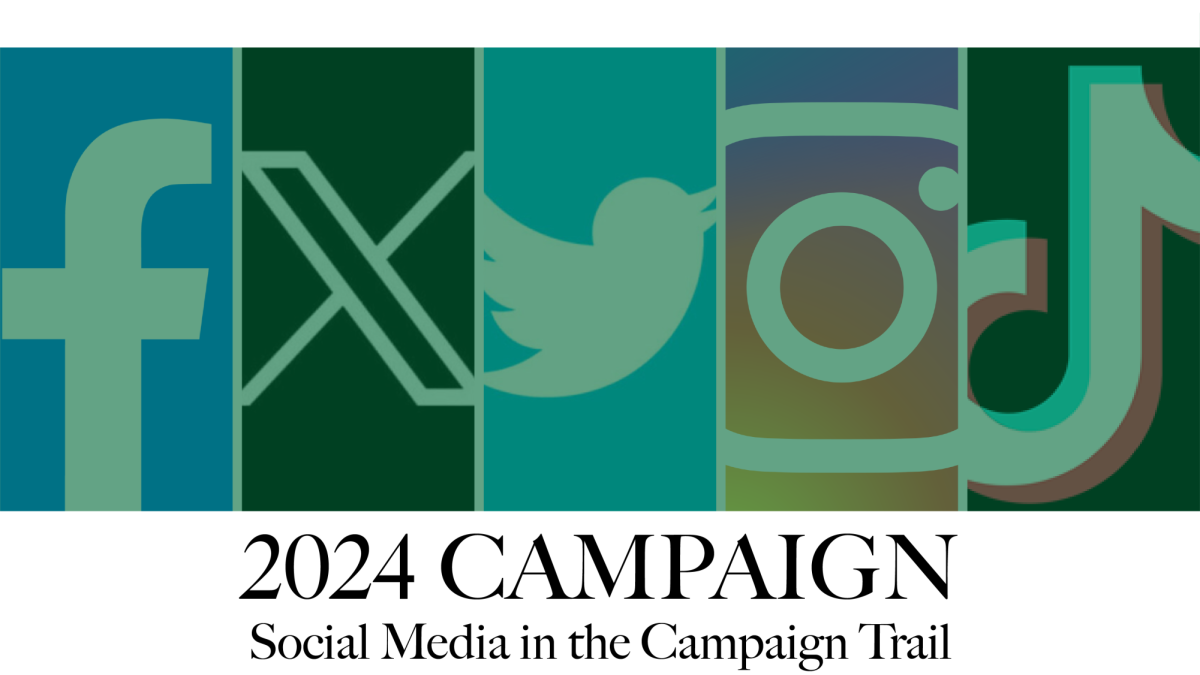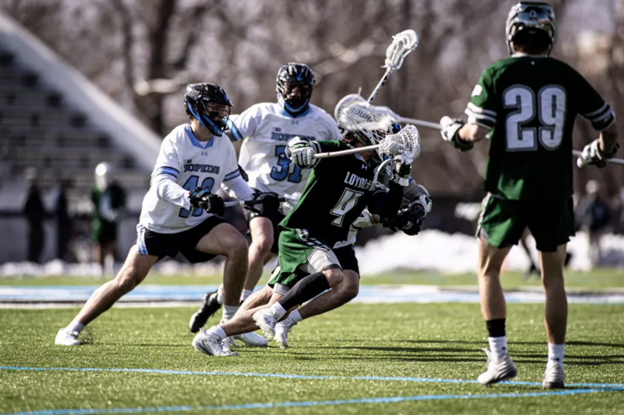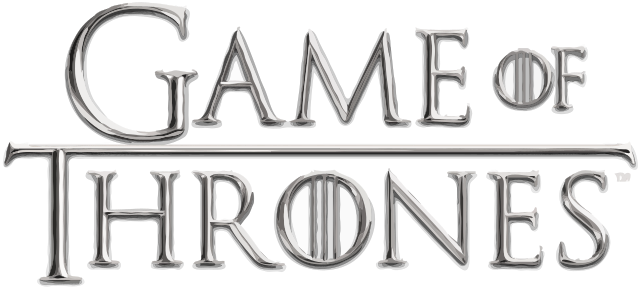The Muse is a creative publication that aims to share the interests, talents, and research of students on campus. The following represents the opinion of the student writer and does not represent the views of Loyola University Maryland, the Greyhound, or Loyola University’s Department of Communication.
(Note: This review will cover 1990’s “The Stand: The Complete and Uncut Version.” It adds in over 400 pages of cut content from the original 1978 novel.)
I’m not much of a King guy.
Although he stands as an icon in the world of contemporary publishing, books like “Cujo,” “Pet Sematary,” and “IT” – all classics that people adore – have always turned me off. What can I say? Horror is…horrifying! Perhaps it’s because I enjoy being in control. I love to imagine books as films in my mind, and if I’m scared of something, then I don’t want to imagine it.
But I was wrong. I have biases. Stephen King, I’ve come to learn, is more than just a “horror author.” Rather, he’s an author who is a master at crafting interesting scenarios that push characters to their physical and emotional limits Books like “The Green Mile,” “The Body,” and his fantasy series, “The Dark Tower” stick out to me as going beyond the standard “spooky tale” that I saw as synonymous with the author as a whole. Although horrifying things exist in his books (and some further along that spectrum than others), there’s a real beauty to his characters overcoming these dangers to become stronger. So when I received a copy of “The Stand: The Complete and Uncut Edition,” I knew that this was a book I shouldn’t underestimate. For in its pages, King makes the unimaginable real.
In the late 20th century, a highly contagious and lethal strain of influenza is developed covertly by the U.S. military. While one man contracts the disease, his actions place the disease under the noses of more and more characters. They speak with more people, move around, and more – until the world reaches a breaking point.
One day, 6 billion people were here. Next, 99.4% of Earth’s population is gone.
However, that “next” takes a while to come in. In its 1,153-page width, “The Stand” takes hundreds of pages to set up the characters and the major plot. However, I found myself amazed by the depth of King’s writing when it comes to each character. In following their daily routines and their life before this cataclysmic event, we are able to grow intimately familiar with them as people. As events unfolded, I found myself scared in an unexpected way – I wanted with all my heart for these characters to be okay – even if some fell short of an “ideal morality.” There is some great variety here too – the down-to-earth vet Stu Redman, the shifty criminal Lloyd Henreid, the pompous musician Larry Underwood, and more. All are slowly introduced through realistic and witty dialogue, and then change based on the actions of others. “Stagnation” is not in Stephen King’s vocabulary.
In terms of story, “The Stand” fits its gargantuan length. Through the struggle of each character, a wider battle of good and evil brews as our characters collide with the benevolent Mother Abigail or the sinister Randall Flagg. Through meeting with either character, every survivor on the planet is faced with a choice and takes it: when everyone and everything is taken away from you, does one succumb to their worst traits? Or rise above and work on helping the world?
In its conception, Stephen King yearned to write his own sort of “Epic Novel” in the style of “Lord of the Rings” while using the setting of contemporary America – with all its grittiness – in which he was comfortable. In doing so, King brings the tried-and-true “good and evil” plot and its adjacent theming into a delightfully fresh light. While I was unsure of its effectiveness on a concept level before reading, I am proud to say that Stephen King proved his chops to me. King is more than just horror, and horror is more than a genre of shock and discomfort.
There’s so much more I want to say about this novel, and what it accomplishes. However, if I say any more, it would be going into massive spoiler territory. Moreover, I urge those of you who have not given “The Stand” a chance to “Stand by Me” and try “IT” out.
Obviously, COVID-19 springs to mind when I think of relevance. While the pandemic did ravage our world, King takes the idea of a virus spreading to its extremes. Moreover, the book is horrifying in its implications – if something so dangerous can be developed and released accidentally, who’s to say that it cannot happen today? But Stu, Frannie, Nick, and Larry managed to grow and find peace in their own ways through their immense suffering. If they can rise above, then we can too. Evil exists – but hope never dies.







































































































